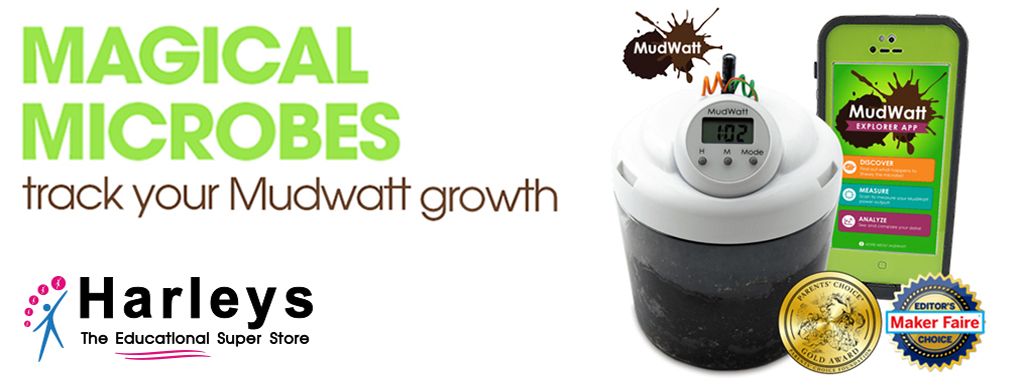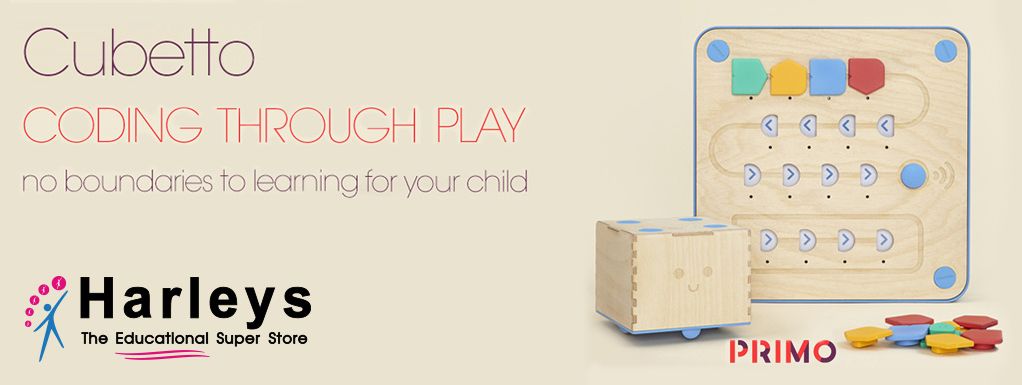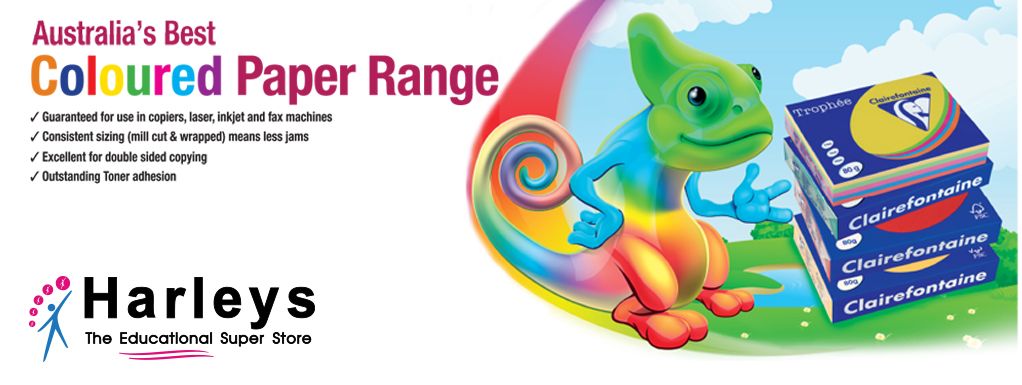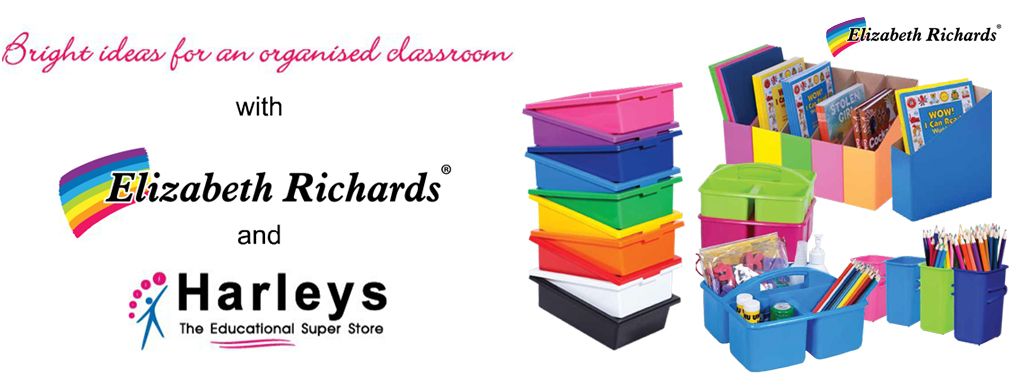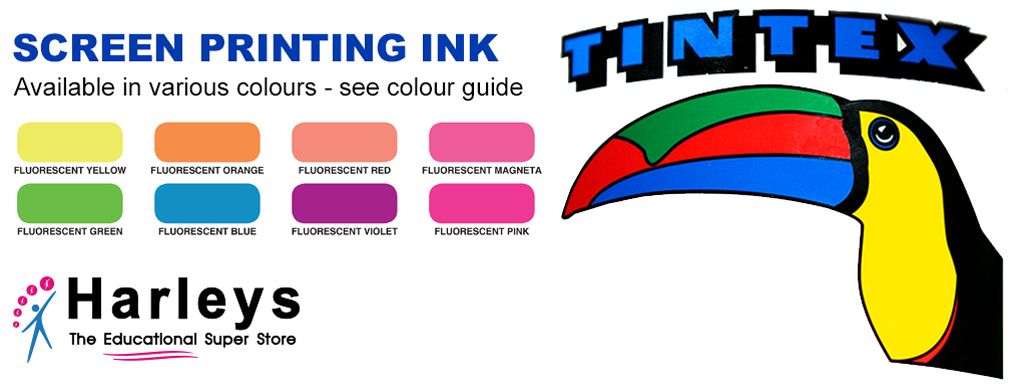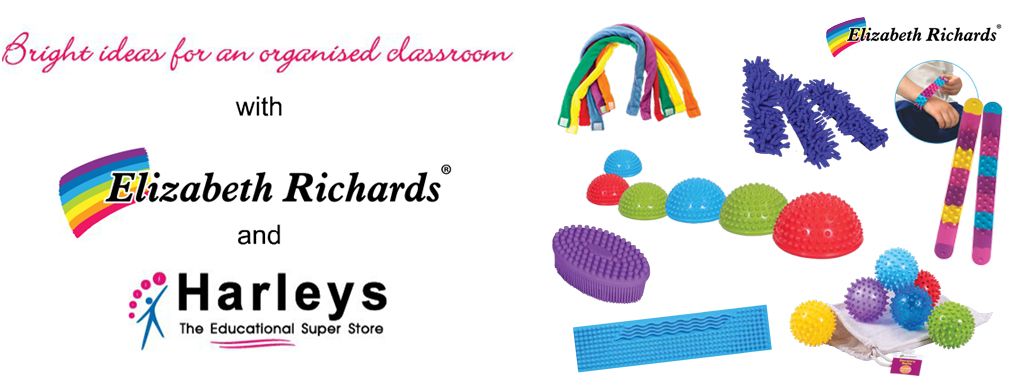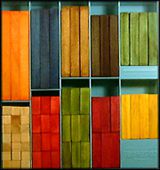Cuisenaire rods are a versatile mathematical manipulative used in elementary school as well as other levels of learning and even with adults.
They are used to teach a wide variety of mathematical topics such as:
- The basic four operations (addition, subtraction, multiplication and division)
- Fractions
- Area
- Volume
- Square roots
- Solving simple equations
- Systems of equations
- Quadratic equations.
Though primarily used for mathematics, they have also become popular in language-teaching classrooms, particularly The Silent Way. They can be used to teach items such as prepositions of place, sentence and word stress. The rods (réglettes in the original French) are named after their inventor, Georges Cuisenaire (1891-1976), a Belgian primary school teacher, who published a book on their use in 1952 called Les nombres en couleurs. The use of rods for both mathematics and language teaching was developed and popularised by Caleb Gattegno in many countries around the world.
Due to the colours and sizes of the rods, they are the perfect manipulative for learning maths skills for numbers from 1-10 as they give children a distinctive visual representation that they can physically work with.
- In the system, there are 10 rods measuring 1 cm to 10 cm.
- Rods of equal length are assigned the same colour.
- Most Cuisenaire rods follow this system: * White rod = 1 cm. * Red rod = 2 cm. * Light green rod = 3 cm. * Lavender rod = 4 cm. * Yellow rod = 5 cm. * Dark green rod = 6 cm. * Black rod = 7 cm. * Brown rod = 8 cm. * Blue rod = 9 cm. * Orange rod = 10 cm.
Learn Fractions with Cuisenaire Rods.
The standard method of showing fractions with the Cuisenaire Rods is to place one rod over the other to compare their size. The rods can be shown vertically or horizontally.
For Example: Arrange your rods to represent 1/2 and 3/4 using the purple rod as the denominator. In order to represent 1/2 using the purple rod as the denominator we must first express the fraction in equivalent terms. Since 2 red rods in a train equals 4 cm. we must multiply the numerator and denominator by 2 red rods. Take the numerator 1 * 2 red rods = 2. Take the denominator 2 * 2 red rods = 4. So representing 1/2 using the purple rod as the denominator equals 2/4 . Now, in order to represent 3/4 using the purple rod as the denominator. Since 1 purple rod equals 4 cm. we must multiply the numerator and denominator times 1 purple rod. Take the numerator 3 * 1 purple rod = 3. Take the denominator 4 * 1 purple rod = 4. So representing 3/4 using the purple rod as the denominator equals 3/4.
In Stock Now


